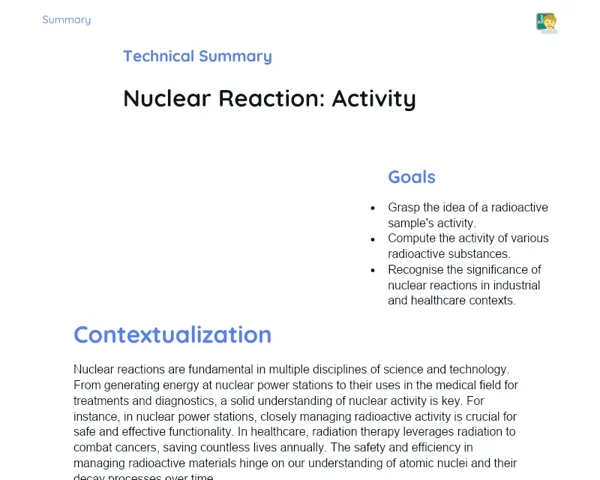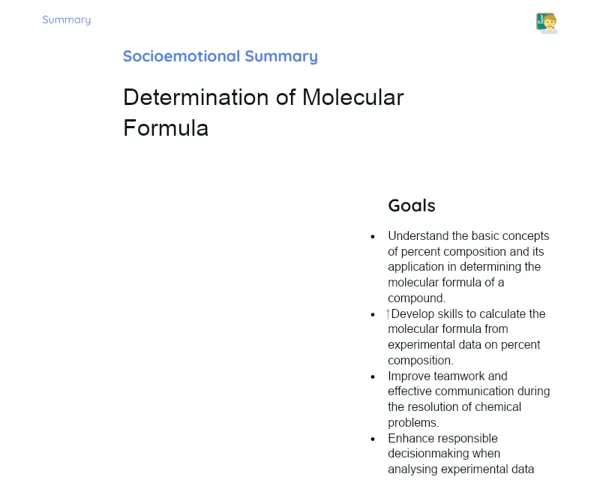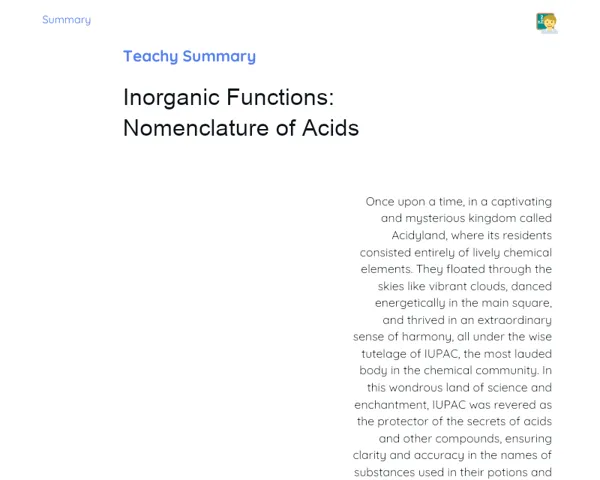Objectives
1. Identify and comprehend the key factors that affect the melting and boiling points of organic compounds.
2. Examine how the polarity of compounds influences their physical properties, including melting and boiling points.
3. Link theoretical knowledge to real-life scenarios, particularly in the culinary and pharmaceutical sectors, to appreciate the importance of organic compound properties.
Contextualization
Did you know that the choice of cooking oils isn’t just about taste, but is rooted in science too? 🥳 For instance, oils with higher melting points, like butter, are perfect for making sauces and for sautéing, as they hold their shape at higher temperatures. Having a solid grasp of the properties of organic compounds, such as their melting and boiling points, is essential for chefs and researchers alike, whether they’re crafting new recipes or developing medications.
Important Topics
Polarity and Molecular Structure
The polarity and molecular structure of organic compounds are vital for determining their melting and boiling points. Compounds featuring polar covalent bonds or strong dipole-dipole interactions generally exhibit higher melting and boiling points since more energy is needed to separate the molecules. Conversely, compounds with nonpolar covalent bonds or predominantly hydrophobic characteristics have lower melting and boiling points due to lesser molecular attraction.
-
Polar compounds like ethanol and acetic acid show elevated melting and boiling points due to strong intermolecular forces.
-
Functional groups present in organic compounds can greatly influence their properties, including melting and boiling points.
-
Grasping polarity and molecular structure is crucial for practical uses, such as choosing solvents in chemical processes and synthesising new compounds.
Melting Point
The melting point is the temperature at which a compound transitions from solid to liquid. In organic compounds, the melting point is a key property that aids in identifying and purifying compounds. Pure substances typically have clear and consistent melting points, whereas the presence of impurities or mixtures results in lower or less clear melting points.
-
Determining the melting point is a standard technique in laboratories to confirm the purity of compounds.
-
Mixtures and impurities in organic compounds can lower and widen the melting and boiling points.
-
Factors such as atmospheric pressure and compound purity influence melting points, making them critical in synthesis and chemical analysis.
Boiling Point
The boiling point is the temperature at which the vapor pressure of a liquid is equal to the external pressure. For organic compounds, the boiling point is determined by factors like polarity, molecular size, and intermolecular forces. Compounds with strong intermolecular interactions, such as hydrogen bonding, tend to have higher boiling points.
-
The boiling point is an important physical property for identifying compounds and assessing their purity.
-
Hydrogen bonding between molecules significantly raises the boiling point of organic compounds.
-
Understanding boiling points is crucial for designing industrial processes like distillation, which relies on the vaporization and condensation of compounds.
Key Terms
-
Polarity: A characteristic of a molecule where electrons are unevenly distributed, creating a dipole.
-
Melting Point: The temperature at which a solid turns into a liquid.
-
Boiling Point: The temperature at which the vapor pressure of a liquid matches the external pressure, allowing it to boil.
For Reflection
-
How does polarity impact the physical characteristics of an organic compound, like its melting and boiling points?
-
Why is it essential for scientists to know the melting and boiling points of organic compounds when working in labs or industrial settings?
-
In what ways could understanding the melting and boiling properties of organic compounds help in developing new materials or medications?
Important Conclusions
-
We delved into how the molecular structure and polarity of organic compounds greatly influence their melting and boiling points, underscoring the value of these properties in cooking, pharmaceuticals, and various applications.
-
We learned that compounds that are more polar or possess stronger intermolecular interactions usually have higher melting and boiling points and discussed how this understanding is essential for designing processes and products.
-
We highlighted the necessity of purifying organic compounds by determining their melting points, a key technique in chemistry labs for ensuring accuracy and purity.
To Exercise Knowledge
- Set up a mini lab at home: Gather different oils (like olive, canola, and coconut) and predict how they will react at various temperatures. 2. Chemist Chef Challenge: Pick a recipe that involves melting or solidifying fats and oils, and justify your choices based on the melting and boiling properties of the compounds used. 3. Lab Simulation: Use an online melting point simulator to practice interpreting data and assessing the purity of compounds.
Challenge
🌟 'Purity Master' Challenge: Use common household staples (like sugar, salt, and baking soda) to create mixtures and then purify them using the melting point technique. Document your process and findings, discussing the significance of this method in real-life scenarios, such as drug production or forensic science.
Study Tips
-
Employ mind maps to connect the properties of organic compounds with their practical applications, promoting retention and understanding of complex concepts.
-
View videos of chemical experiments that demonstrate the effects of melting and boiling properties to reinforce learning visually.
-
Join online forums or study groups to discuss and share insights on how the properties of organic compounds are applied across various scientific and industrial fields.



